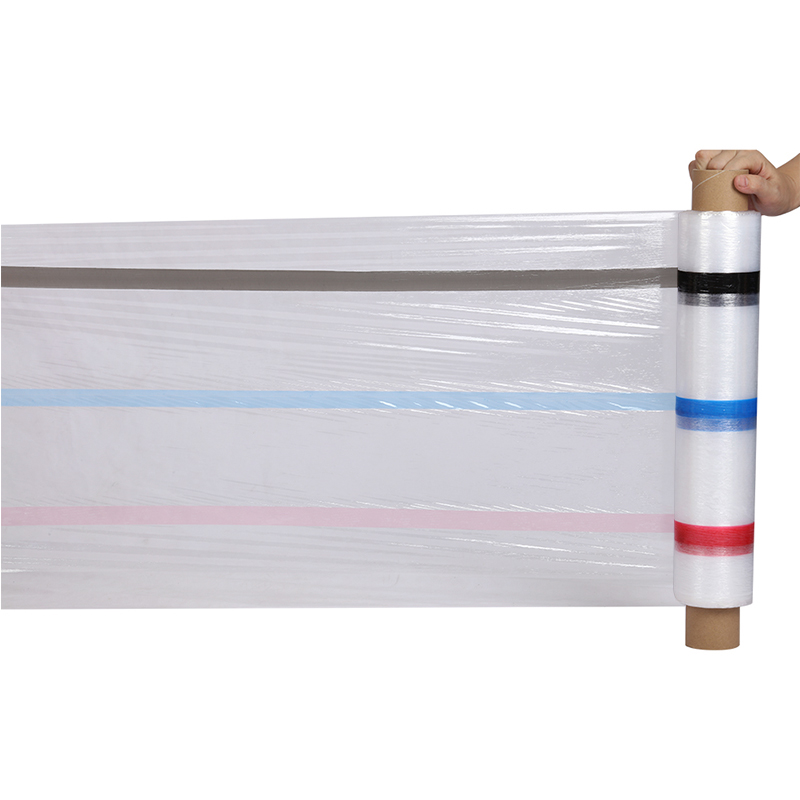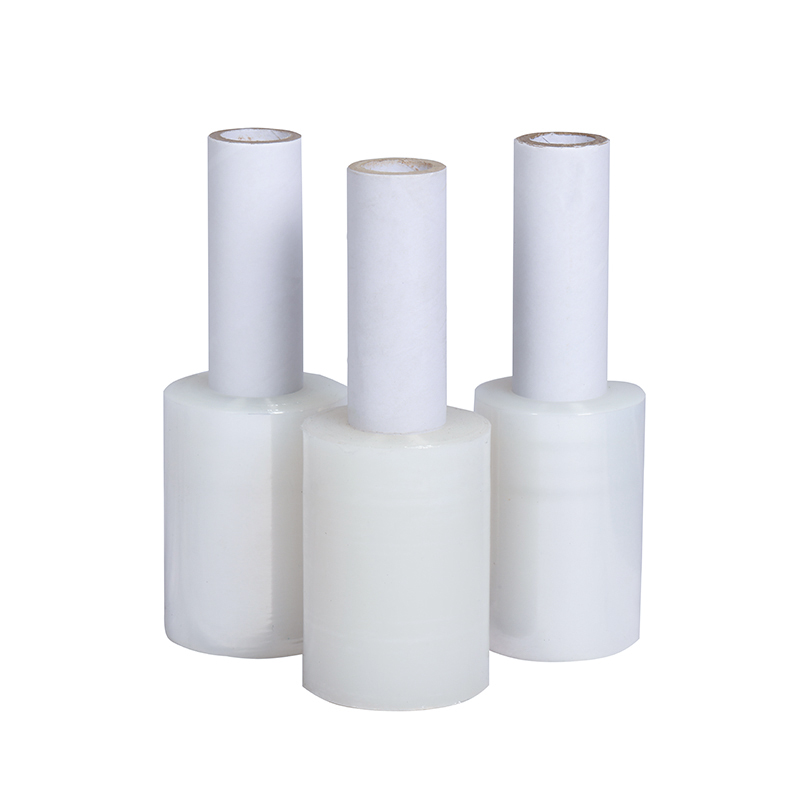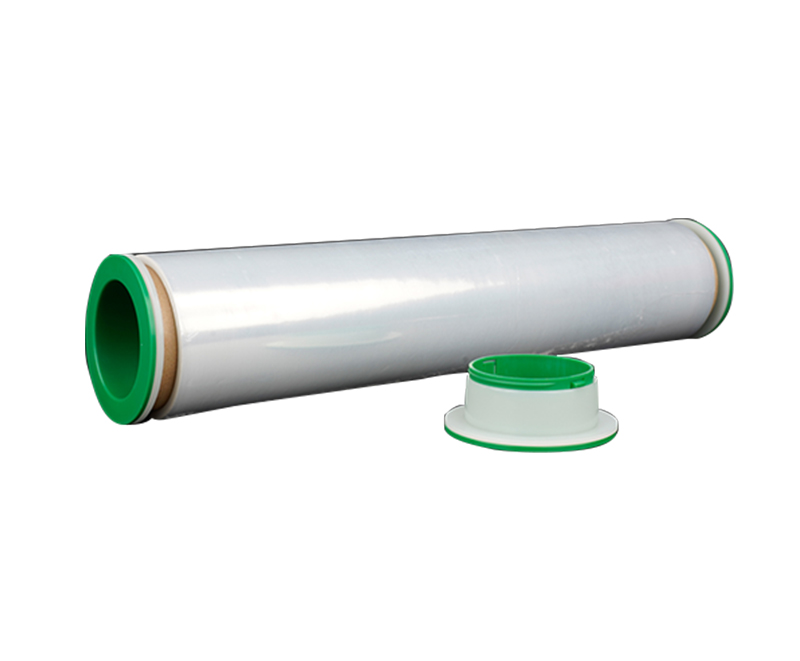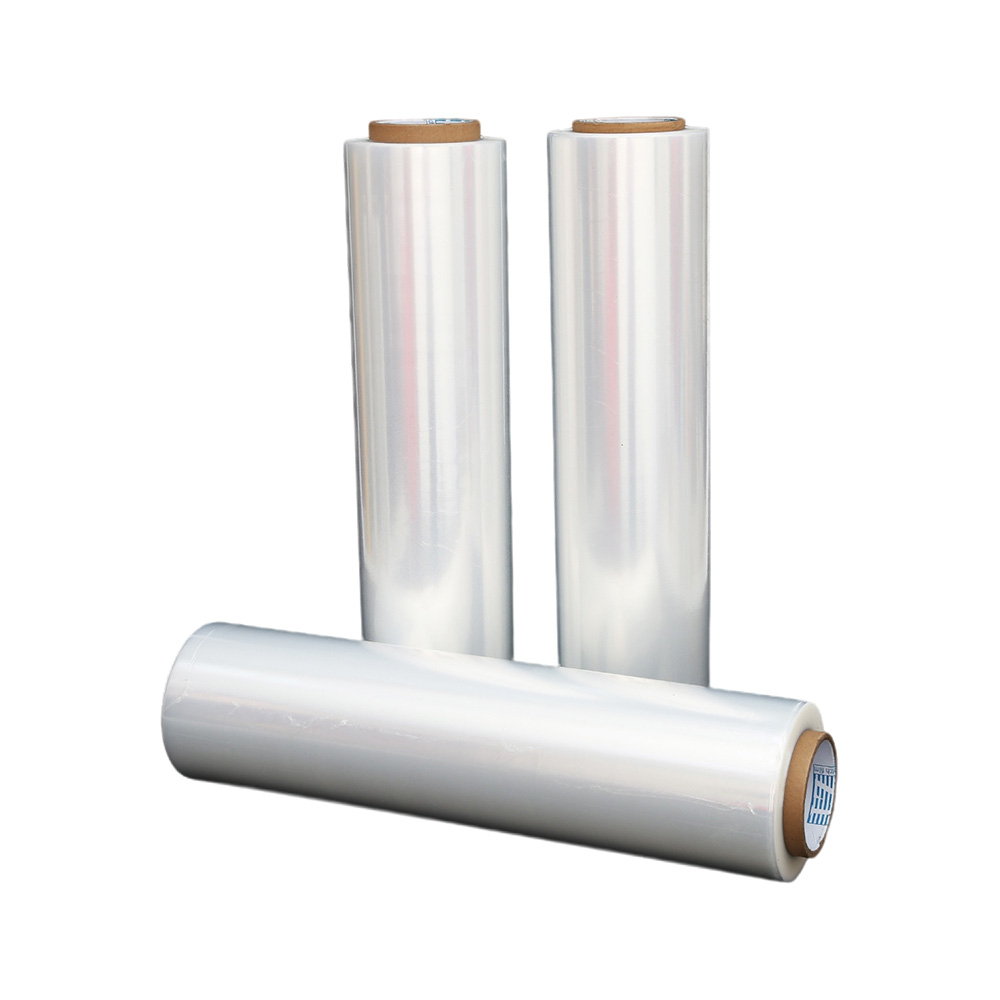Will the transverse stretch of the stretched film damage the
Source:Will the transverse stretch of the stretched film damage theTime:2021-12-06Visitors:
Will the transverse stretch of the stretched film damage the film?
Nowadays, stretch film has been widely used in our work. Stretch ratio is a very important process parameter. Whether it is longitudinal stretch ratio or transverse stretch ratio, it has a serious impact on BOPP performance. So what effect does the transverse stretch of the stretched film have on the film?
In the process of producing stretched film, in order to adjust the process conditions and change the film function in time, people will make the width of the two guide rails after the transverse stretching of the tenter and the width of the two guide rails before stretching (or the corresponding clamping mouth) The ratio of the width of the film is called the transverse stretch ratio of the film. The transverse stretching of the film is mainly carried out in the stretching zone. The transverse stretch ratio of the biaxially oriented polypropylene (BOPP) film is 7 to 9 times.
The transverse stretch ratio of the stretched film is determined based on the data used and the usefulness of the product. Usually thicker films and films with higher longitudinal strength have a smaller transverse stretch ratio. The transverse stretch ratio of heat shrinkable film and general packaging film can be larger.
After the stretched film is further stretched in the transverse direction, the polymer chains are biaxially oriented and follow the advancement of the molecular chain orientation. The number of stretched segments in the film increases, and the number of folded segments decreases and increases gradually, and the density and strength of the material are corresponding. Advance, while the elongation at break decreases.
The transverse stretching of the stretched film is carried out in a thermal environment. The transverse stretching process has multiple stretching starting points, which are mainly composed of the stretching rate of certain defects in the transverse direction, as well as elements such as impurities, bubbles, and appearance defects in the film.
Multiple stretching starting points tend to cause uneven product thickness, and there are problems of "step stretching" and "intrinsic stretching ratio" when stretching in the transverse direction. That is, it is stretched to the "step" point of the maximum multiple in the process of transverse stretching.
Following the stretching process, the "ladder" gradually widens to both ends and all is stretched. In the production of stretched films, the degree of stretching must reach the "intrinsic stretch ratio", that is, the product of the longitudinal stretch ratio and the transverse stretch ratio of the film must reach 40%. If the longitudinal stretch ratio is missing, the film will show a lot of transverse stretch ratios after stretching, and the two edges will appear thick.

Recommended Products
Ranked in the same article
- how to use the stretch film technology to r
- How can we get detailed price list?
- Five common quality problems of PE protecti
- Plastic film degradation
- How to guarantee punctual shipment for our
- Gauge to Micron and Millimetre Conversion G
- What is the difference between stretch film
- Testing the permeability of stretch film
- Stretch film temperature requirements
- Electrical wire film VS electrostatic film
- Why insufficient transparency of stretch w
Latest news articles
- What Properties Ensure Effective Cold Chain
- What is the Difference Between Magic Tape a
- Stretch Film Wrap: Unraveling Its Benefits
- Bundling Stretch Film: Optimize Your Packag
- The 133rd Spring Canton Fair
- Factors affecting viscosity of PE stretch f
- The Ultimate Guide to Choosing the Right Ma
- Advantages of white engineering film
- The significance of using PE electric wire
- How to check the quality of PE stretch film
- How can PE stretch film be cut better?



